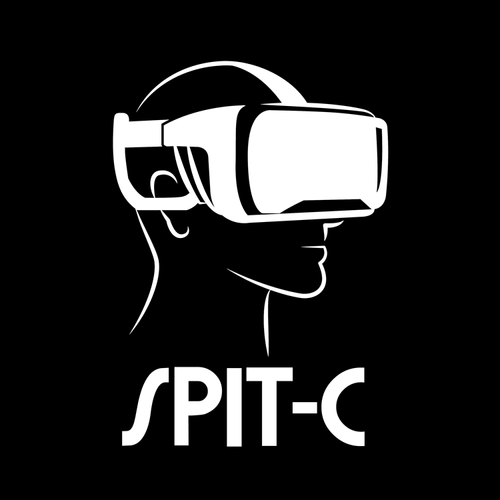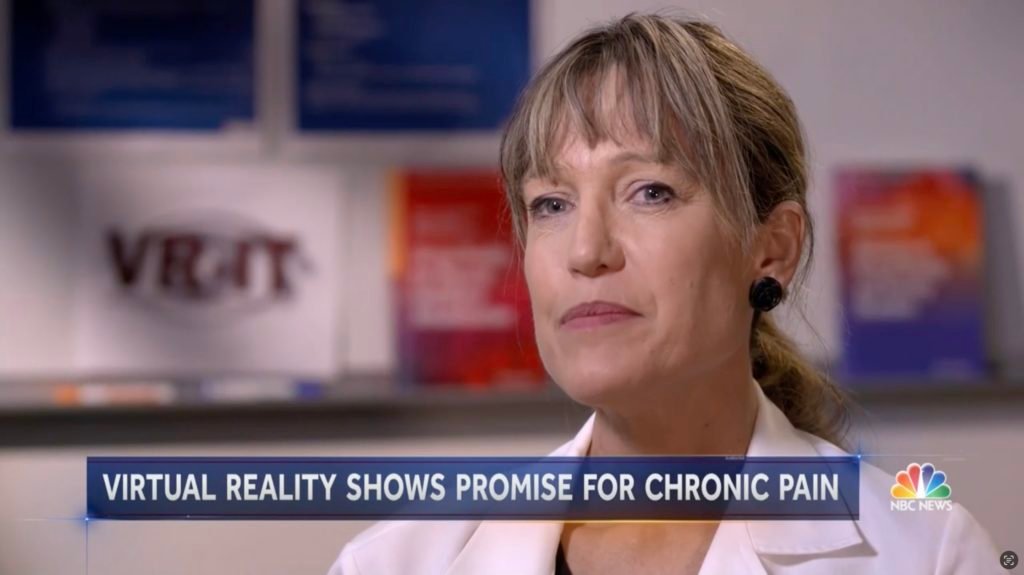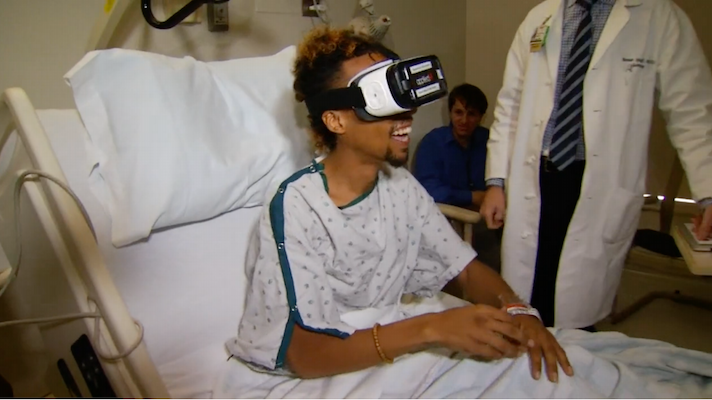Translate
Translational science is about “translating” new knowledge into health benefits through collaboration and across a variety of disciplines. Translational science involves a cycle of innovations from discovery to community to marketplace and back again. At each step, collaboration among a wide variety of specialists is critical.
Stanford Psychiatry Immersive Technology Consortium (SPIT-C)
Stanford Psychiatry Immersive Technology Consortium (SPIT-C ) is the translational part of our program. SPIT-C is an interdisciplinary team composed of internal and external researchers, providers, developers and other stakeholders dedicated to transforming immersive technology mental health inventions into scalable solutions for organizations and the public marketplace. XR change makers and agents within Stanford Community and beyond are encouraged to join with us. Innovation cannot happen alone and must be scalable to make an impact on humanity.
SPIT-C is open to the public as a way of communicating and connecting to support the development of innovations surrounding XR and behavioral health. We conduct virtual monthly gatherings that include: researchers, developers, entrepreneurs, and any mental health/extended reality (XR) enthusiasts.

Psychiatry XR Podcast
Psychiatry XR podcast explores the people and companies impacting the medical extended reality (XR) behavioral health industry and how clinicians utilize XR technology in their day-to-day practice to treat patients. Our hosts also investigate where and how medical XR impacts the healthcare ecosystem now and in the future.
Visit the podcast website for the latest episodes and the complete series.













